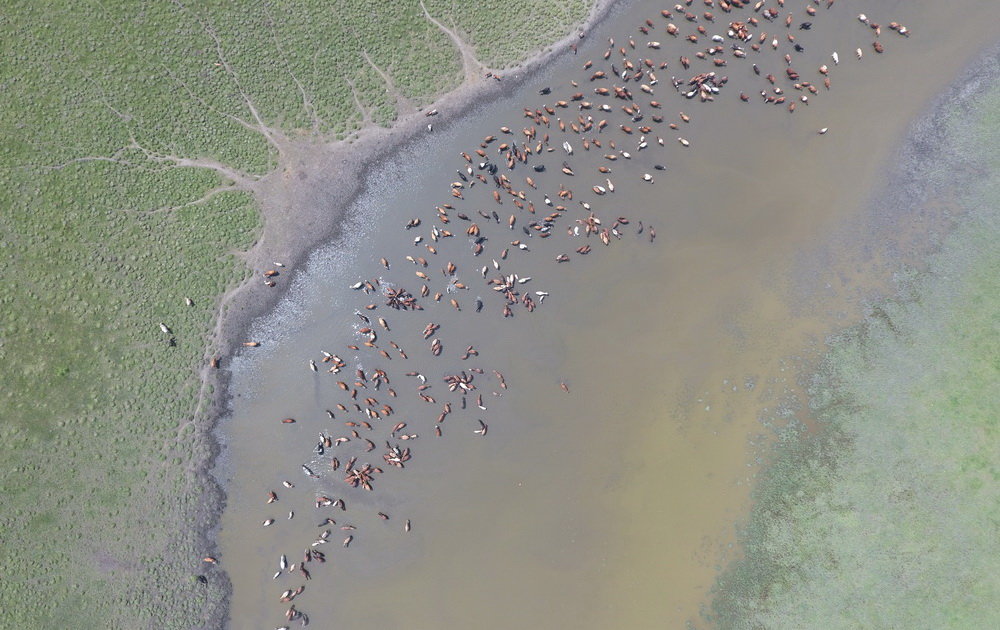Tracking climate change in Mongolia
Climate change is one of the biggest concerns and challenges facing the local community and wildlife alike. Especially in Mongolia, the climate change is a major threat to wetland loss and possibly a major contributor to the population decline of threatened species such as White-naped crane and many other waterbirds. Moreover, the herding and farming community suffer economically due to shortage of clean water resources and lack of moisture to support normal vegetation growth. As a result the competition among herding and farming communities for grazing is increasing, and the pressure on wildlife is intensifying in the Mongolian steppe.

At KERS biologists are measuring environmental variables such as temperature, relative humidity, rainfall, soil moisture, and vegetation features. We established a total of 11 boreholes for permafrost monitoring and 2 experimental plots with an artificial warming chamber and grazing simulation with air and subsurface temperature and moisture data loggers.

Inside experimental chambers, data loggers are collecting surface and subsurface temperature at frequent intervals all year-round. In addition, grazing effects will be simulated by controlled clipping of vegetation cover inside and outside the exclosure. The data will be used for calculation of moisture level change and linked to biomass measures as grazing indices.
Climate change research is a collaboration with the National University of Mongolia and the Institute of geography and Geoecology of Mongolian Academy of Sciences.
